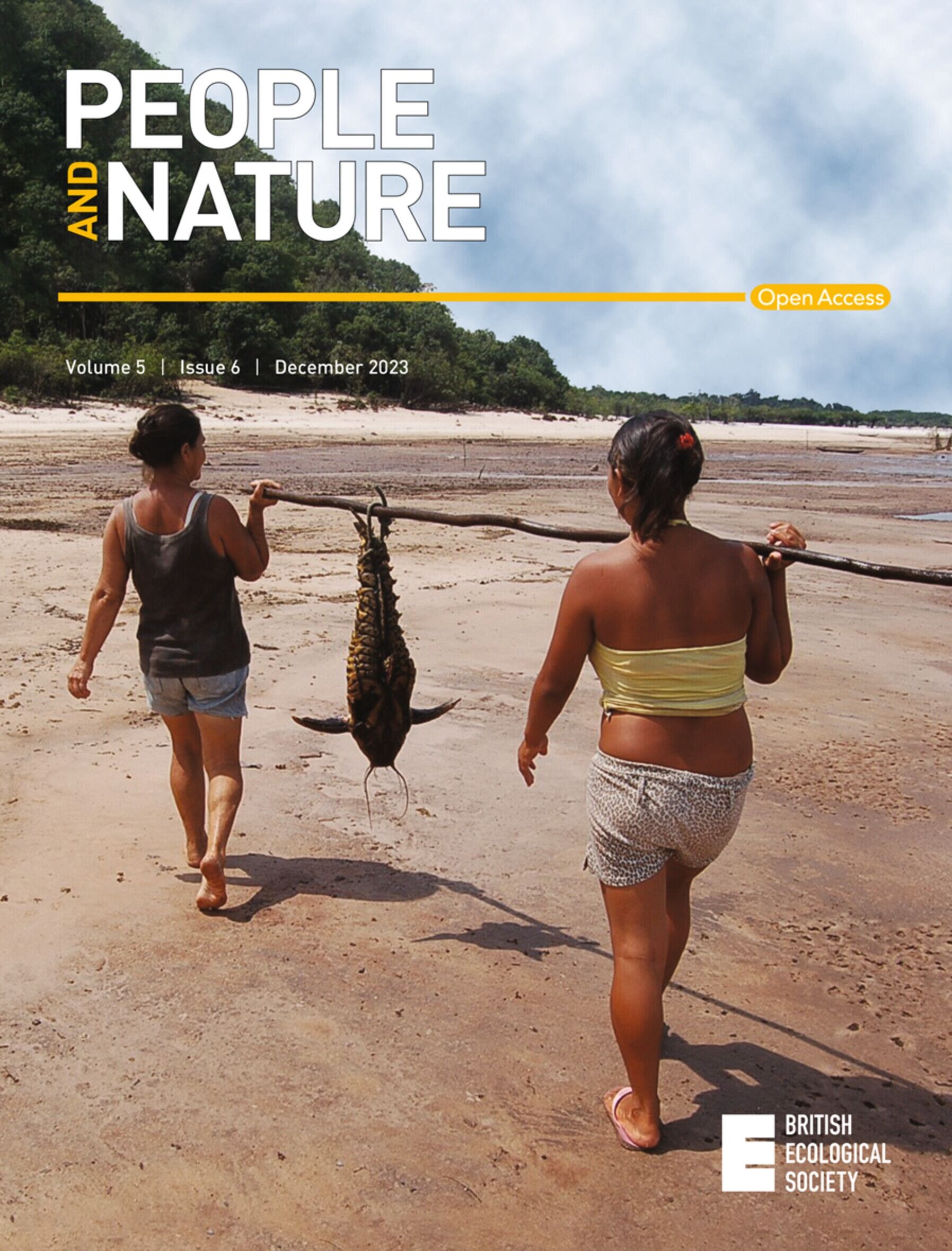大规模的人类庆祝活动加剧了全球光污染
IF 4.9
1区 环境科学与生态学
Q1 BIODIVERSITY CONSERVATION
引用次数: 0
摘要
尽管迄今为止尚未在全球范围内对此进行研究,但涉及人造光使用的文化依赖性人类社会行为可能会影响光污染模式,从而影响人口稠密地区的夜间生态。通过分析连续(每月)、高分辨率、空间明确的全球夜间灯光数据(可见光和红外成像辐射计套件-日/夜波段- VIIRS - DNB;2014-2019年)使用循环统计技术,我们评估了涉及社会聚集和人工照明使用的宏观文化活动是否会影响全球的年度照明模式。与特定文化庆祝活动相关的日程安排似乎是观察到的城市夜间灯光季节性模式的重要驱动因素。例如,圣诞节和主显节庆祝活动(12月至1月)之间的圣诞灯的展示恰逢基督教国家城市夜间灯光强度的年度高峰。类似地,斋月(5月至7月)期间的夜间庆祝活动或长达一个月的Karthika Masam(10月至11月)与穆斯林和印度教国家每年的夜间灯光高峰相吻合。中国和越南每年的城市光照强度高峰也与中国和越南的新年庆祝活动(1月至2月)相吻合(Tê't)。相比之下,以佛教为主的国家没有如此突出和漫长的人工灯光庆祝活动,在整个年度周期中,夜间灯光峰值的分布相对均匀。社会行为和社会文化背景有助于解释人们如何改变全球夜景,并在全球范围内造成光污染。如果人类要减轻与全球夜间光污染增加相关的任何有害影响,了解造成人造光使用高峰的文化背景是重要的第一步。在《华尔街日报》博客上阅读免费的《简明语言摘要》。本文章由计算机程序翻译,如有差异,请以英文原文为准。
Large‐scale human celebrations increase global light pollution
Culturally dependent human social behaviours involving artificial light usage can potentially affect light pollution patterns and thereby impact the night‐time ecology in populated areas, although to date this has not been examined globally.
By analysing continuous (monthly), highly resolved, spatially explicit data on global night lights (Visible and Infrared Imaging Radiometer Suite–Day/Night Band‐VIIRS‐DNB; 2014–2019) with circular statistical techniques, we evaluated whether macro‐cultural activities involving social aggregations and the use of artificial lights shape annual lighting patterns globally.
Scheduled routines associated with cultural‐specific festivities appear to be important drivers of observed seasonal patterns in urban night‐time lights. For instance, the display of Christmas lights between Christmas and Epiphany Day celebrations (December–January) coincides with the annual peak in urban night‐time light intensity in Christian countries. Analogously, night celebrations during the Holy Month of Ramadam (from May to July) or the month‐long period of Karthika Masam (from October to November) fits with annual night light peaks in Muslim and Hindu countries. Annual peaks of urban light intensity in China and Vietnam also match with Chinese and Vietnamese (Tê't) New Year celebrations (January–February). In contrast, predominantly Buddhist countries, which do not have such prominent and prolonged celebrations involving artificial lights, show a relatively uniform distribution of night light peaks throughout the annual cycle.
Social behaviour and sociocultural contexts help explain how people modify the global nightscape and contribute to light pollution globally. Understanding the cultural contexts responsible for peaks in artificial light usage is an important first step if humans are to mitigate any deleterious effects associated with global increases in night‐time light pollution.
Read the free Plain Language Summary for this article on the Journal blog.
求助全文
通过发布文献求助,成功后即可免费获取论文全文。
去求助

 求助内容:
求助内容: 应助结果提醒方式:
应助结果提醒方式:


